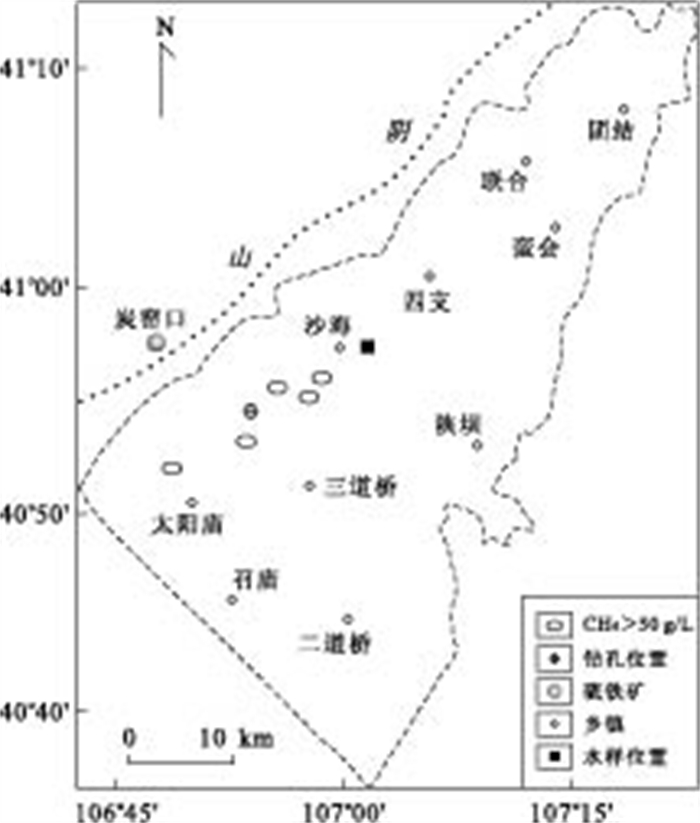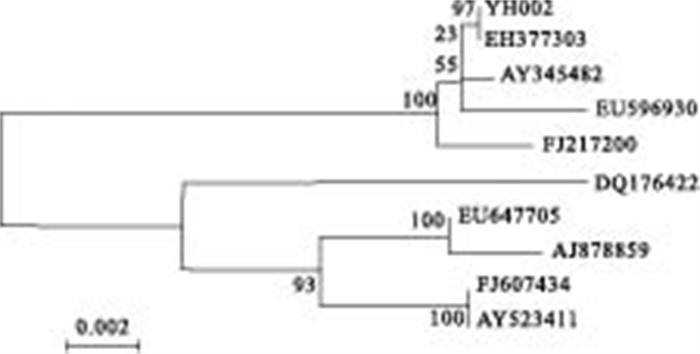|
Croal, L.R., Gralnick, J.A., Malasarn, D., et al., 2004. The genetics of geochemistry. Annual Review of Genetics, 38: 175-202. doi: 10.1146/annurev.genet.38.072902.091138 |
|
Cullen, W.R., Reimer, K.J., 1989. Arsenic speciation in the environment. Chemical Reviews, 89(4): 713-764. doi: 10.1021/cr00094a002 |
|
Duan, M.Y., Xie, Z.M., Wang, Y.X., et al., 2009. Microcosm studies on iron and arsenic mobilization from aquifer sediments under different conditions of microbial activity and carbon source. Environmental Geology, 57: 997-1003. doi: 10.1007/s00254-008-1384-z |
|
Gihring, T.M., Druschel, G.K., Mccleskey, R.B., et al., 2001. Rapid arsenite oxidation by thermus aquaticus and thermus thermophilus: field and laboratory investigations. Environmental Science and Technology, 35: 3857-3862. doi: 10.1021/es010816f |
|
Herbel, M., Fendorf, S., 2006. Biogeochemical processes controlling the speciation and transport of arsenic within iron coated sands. Chemical Geology, 228(1-3): 16-32. doi: 10.1016/j.chemgeo.2005.11.016 |
|
Humayoun, S.B., Bano, N., Hollibaugh, J.T., 2003. Depth distribution of microbial diversity in Mono Lake, a meromictic soda lake in California. Applied and Environmental Microbiology, 69: 1030-1042. doi: 10.1128/AEM.69.2.1030-1042.2003 |
|
Islam, F.S., Gault, A.G., Boothman, C., et al., 2004. Role of metal-reducing bacteria in arsenic release from Bengal deltasediments. Nature, 430: 68-71. doi: 10.1038/nature02638 |
|
Kasan, H.C., 1993. The role of waste activated sludge and bacteria in metal-ion removal from solution. Environmental Science and Technology, 23(1): 79-117. |
|
Katsoyiannis, I., Zouboulis, A., Althoff, H., et al., 2002. As (III) removal from groundwaters using fixed-bed upflow bioreactors. Chemosphere, 47: 325-332. doi: 10.1016/S0045-6535(01)00306-X |
|
Le, X.C., Yalcin, S., Ma, M., 2000. Speciation of submicrogram per liter levels of arsenic in water: on-site species separation integrated with sample collection. Environmental Science and Technology, 34: 2342-1347. doi: 10.1021/es991203u |
|
Menna, P., Hungria, M., Barcellos, F.G., et al., 2006. Molecular phylogeny based on the 16S rRNA gene of elite rhizobial strains used in Brazilian commercial inoculants. Systematic and Applied Microbiology, 29(4): 315-332. doi: 10.1016/j.syapm.2005.12.002 |
|
Ng, J.C., Wang, J.P., Shraim, A., 2003. A global health problem caused by arsenic from natural sources. Chemosphere, 52: 1353-1359. doi: 10.1016/S0045-6535(03)00470-3 |
|
Oremland, R.S., Stolz, J.F., 2005. Arsenic, microbes and contaminated aquifers. Trends in Microbiology, 13(2): 45-49. doi: 10.1016/j.tim.2004.12.002 |
|
Stackebrandt, E., Goebel, B.M., 1994. Taxonomic note: a place for DNA-DNA reassociation and 16S rRNA sequence analysis in the present species definition in bacteriology. International Journal Systematic Bacteriology, 44(4): 846-849. http://mbe.oxfordjournals.org/cgi/ijlink?linkType=ABST&journalCode=ijs&resid=44/4/846 |










 下载:
下载:





